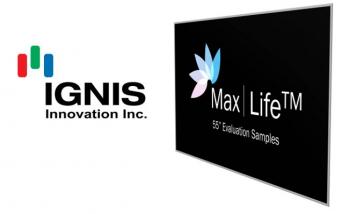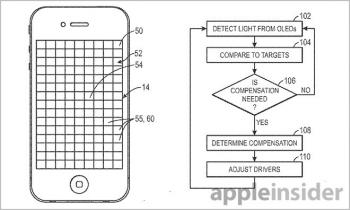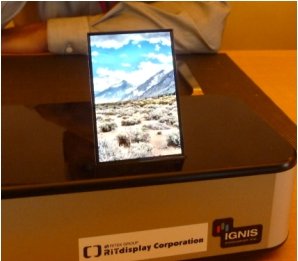LG Display aims to produce OLED panels for monitors in laptops by 2017
According to ETNews, LG display aims to start producing OLED panels for computer monitors and laptops. LG wants to diversify their OLED product lineup, and this seems like a logical next step. ETNws estimates that the first monitors will be released in 2016 or 2017.
 Samsung 12.1 inch laptop prototype, 2009
Samsung 12.1 inch laptop prototype, 2009
LG Display is currently focused to solve the burn-in problem inherent with OLEDs which is a problem with monitors. LG also sees blurred-images on their OLEDs when used with different image sizes and monitor frequencies and has to solve that as well. LGD will first produce monitor panels and notebooks will come next as prices will have to be lower for that market segment.







